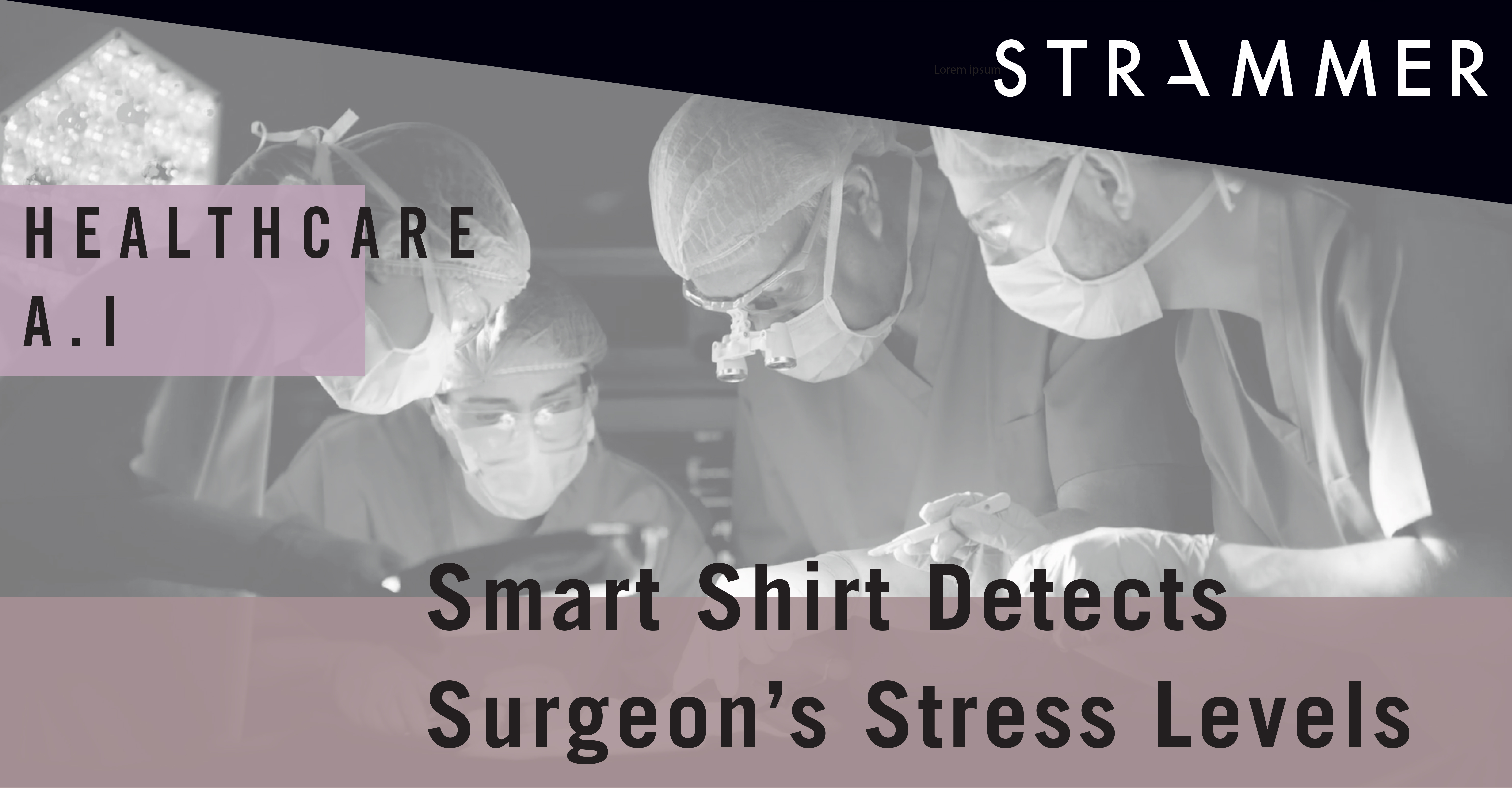Smart Shirt detects Surgeon’s Stress Levels
Researchers used real-world data generated through a smart shirt to conduct a study determining the stress levels that surgeons experience in the operating room. Their findings revealed that surgeons were liable to make up to more than 66 per cent mistakes on patients.
The study was led by graduate student Peter Dupont Grantcharov at Columbia University who used a Hexoskin Smart Shirt to collect and measure the data. A Hexoskin Smart Shirt is a technological garment that utilises artificial intelligence or built-in sensors to monitor and record heart-rates levels, breathing rates, step counts and other activities. Although originally meant to be tested on athletes to gather physiological data during workouts, Grantcharov wanted to test the garment on surgeons instead. Ultimately, it captured all the electrical activity so that researchers were able to determine any symptoms of short-term stress or trauma and what may have triggered them.
Grantcharov’s team analysed the electrocardiogram, acceleration and breathing data and footage which confirmed how loud noises, alarms or other disruptions could affect the surgical performances. The stress trends were studied over intervals of 2 or 5 minutes which was caused by either equipment malfunctions or by the sound of machine alarms. In the end, the data concluded that under short-term stress, surgical errors were liable to happen and these types of mistakes could result in possible bleeding, burns or torn tissue.
A researcher commented:
“There is an association between measures of acute mental stress and worse technical surgical performance. Further study will help delineate the interdependence of these variables and identify triggers for increased stress levels to improve surgical safety.”
One could examine the purpose of Grantcharov’s study not just as way to showcase the impracticality of patient safety measures with doctors or physicians but more so to examine the working conditions of those working in the medical field. The notion of medical or surgical error is not new as it can occur anywhere in the healthcare field: hospitals, clinics, surgical centres, pharmacies, or nursing homes. The cause of medical error can vary due to communicable problems, technical failure, human error due to lack of proper training or incompetent procedures. However, the most reoccurring reason can be due to ‘burnout’ or physicians and surgeons being overworked as a result of excess workflow and inadequate staffing. Among physicians, age groups around 45-54 years old suffer the most.
In addition, data from a World Health Organisation (WHO) report have shown that about 18 per cent of EU citizens have been affected by medical error. It further stated that 50 per cent to 70.2 per cent of such errors could have been prevented through comprehensive systematic approach to patient safety. Findings like these reinstate the purpose of Grantcharov’s study to conclusively examine the cause of stress on surgical personnel so as to improve the safety of the patients.
References:
- Smart Shirt, Real-World Data Shine Light on Surgeon Stress, December 2018, InsideDigitalHealth
- New study finds that surgeons under stress make more mistakes in the operating room, December 2018, Science Daily
- Health Sensor and AI, Hexoskin
- Patient Safety Statistics, WHO
- Physician burnout cases are rising, January 2019, Healthcare-in-europe





